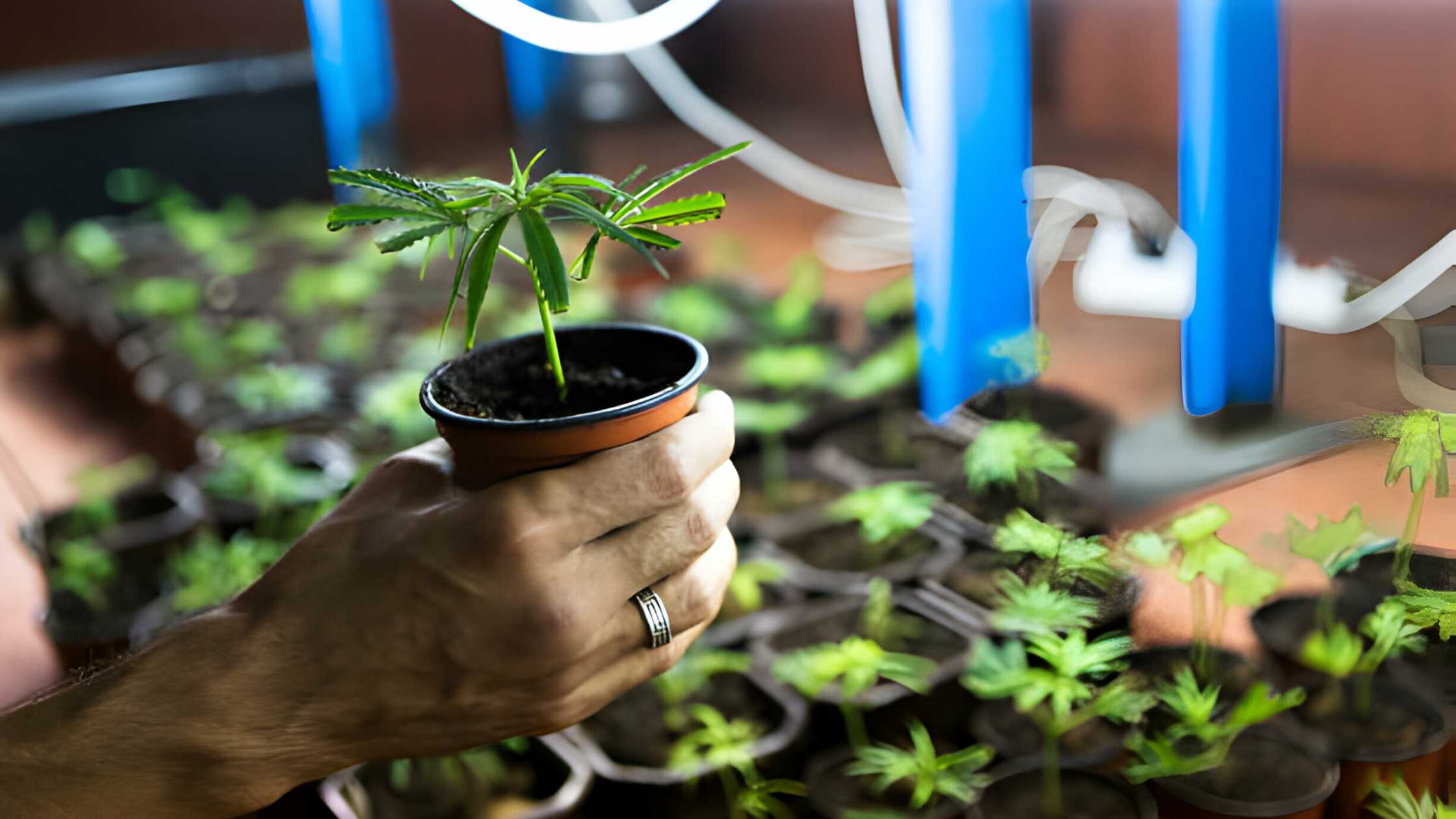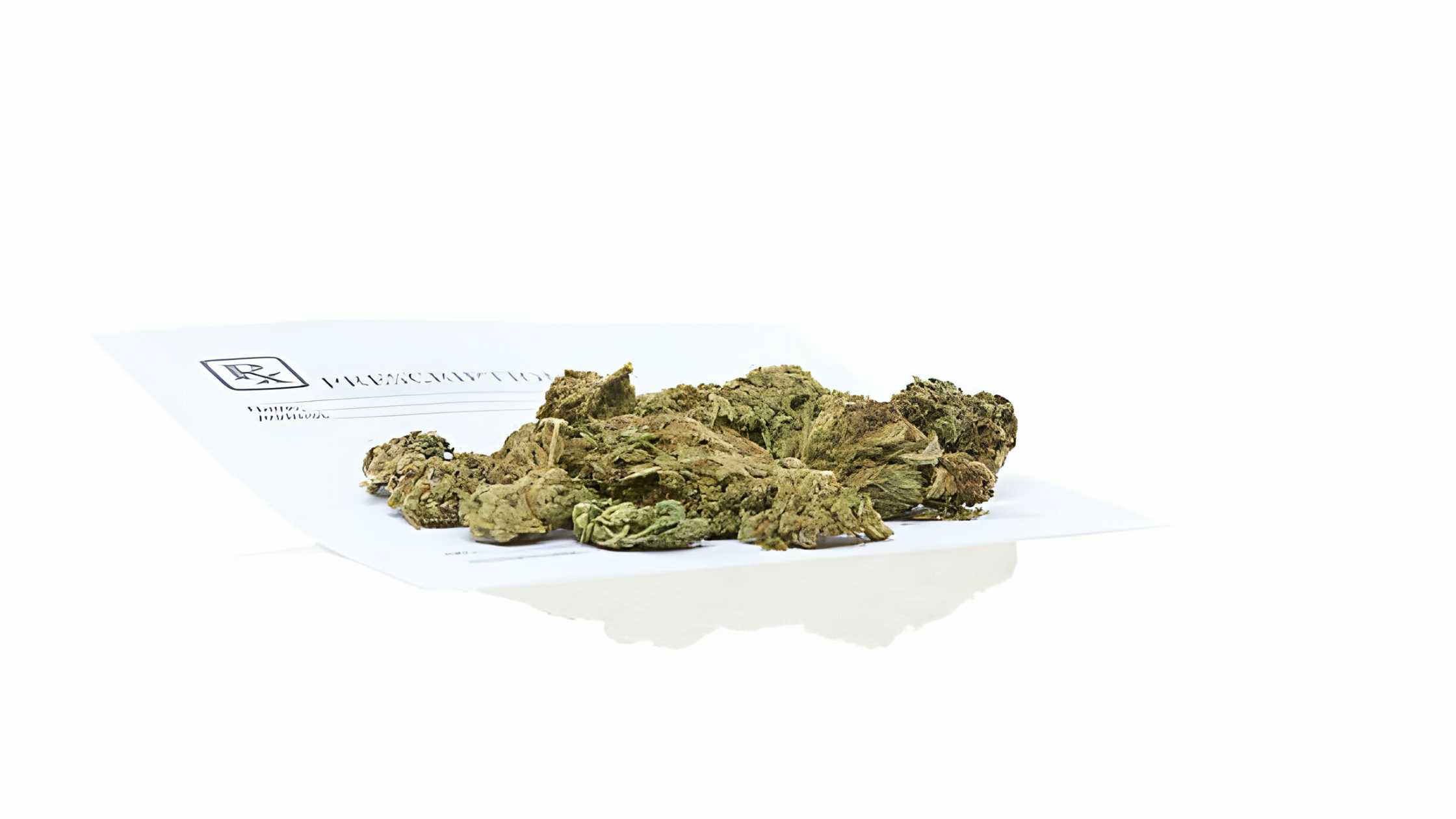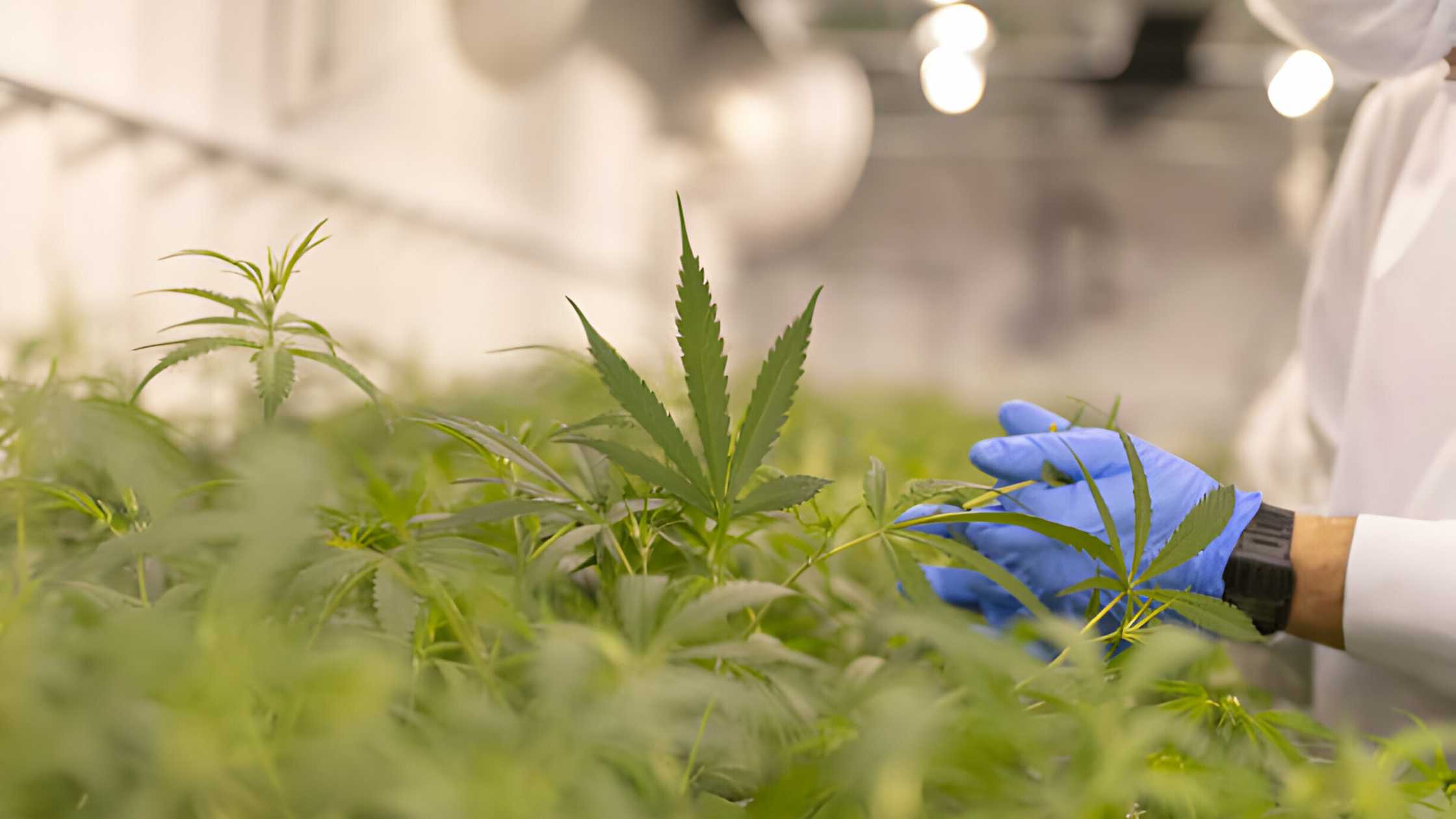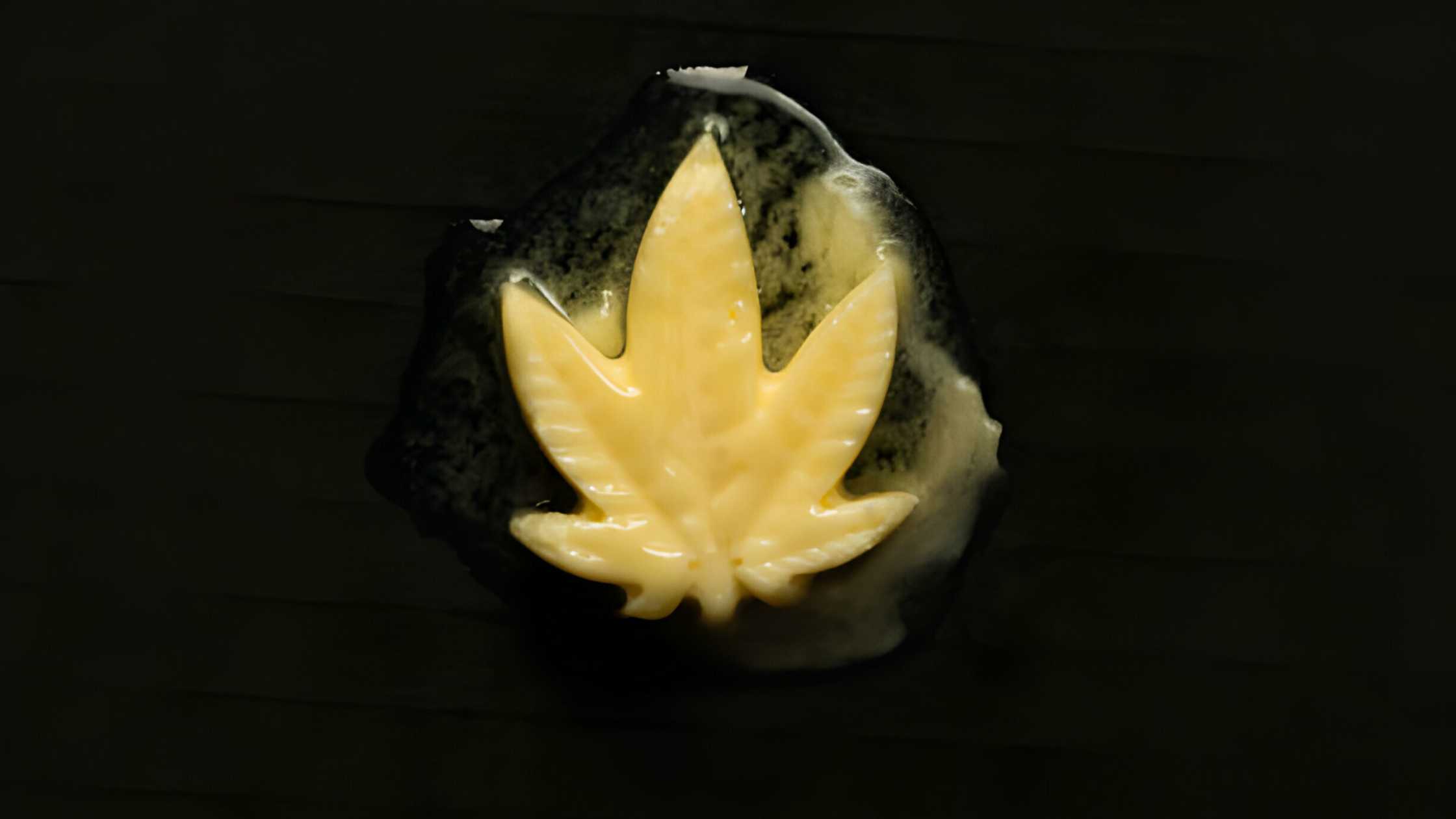Introduction
Cannabis clones are essentially replicas of mature cannabis plants derived from cuttings taken from established plants known as “mother plants.” Whether you’re new to cultivation or an experienced grower, opting to grow from clones presents a multitude of advantages. Not only do you have full control over the genetic makeup of your plants, but you also bypass the vulnerable seedling stage. In essence, cultivating from clones offers a smoother, quicker, and more precise process. So, roll up your sleeves and embark on the journey of taking cuttings, nurturing their roots, and ultimately transplanting your cannabis clones.
Part1
Taking Cuttings
- Pick a plant with a high yield.
Select a cannabis plant known for its abundant yield. When selecting your clones, prioritise plants with robust genetics that are known for their prolific bud production and growth characteristics matching your preferences. Opt for plants with ample branching if the mother plant hasn’t previously flowered. Additionally, factor in the desired THC or CBD levels, as well as the aroma and flavour profile of the mother plant. Indica strains offer a tranquil, calming effect, while sativa strains provide a stimulating, energising experience.
- Take your cuttings from a plant in the vegetative stage.
Obtain your cuttings from a plant during its vegetative phase, which typically starts around 3 to 4 weeks after germination and can last up to 16 weeks before flowering begins. Although it’s possible to take cuttings from plants in the flowering stage, this process significantly prolongs the cloning timeline. Aim to select a mother plant that has reached at least 5 weeks of age from seedling and exhibits multiple side shoots. Harvesting cuttings from overly young plants may result in hollow inner stems and subsequent wilting of the cuttings.
- Choose straight branches with at least 3 nodes.
Opt for straight branches, as they will be more convenient to grow in trays and won’t obstruct light access to other cuttings. For increased rooting efficacy, select cuttings from the lower sections of the plant where rooting hormones are concentrated.
- Nodes, where new growth, such as leaves and buds, emerge from the plant, can be identified to locate suitable cutting points.
- Aim for cuttings that measure approximately 6 to 10 inches (15 to 25 cm) in length.
- Use a knife to cut each branch at a 45° angle.
Trim the branch you wish to take just beneath the third node. Eliminate any leaves present near the node closest to the base of your cutting, as this aids in water retention by the plant.
- Opt for knives or razors for a cleaner cut that minimises damage to the stem compared to scissors.
- Put your cuttings in water immediately.
Hydrate your cuttings by placing them in a jar of fresh water, which also helps prevent the formation of air bubbles within the stem. If necessary, you can store them in the jar for several hours while you harvest other cuttings.
- Alternatively, if water isn’t readily accessible, place the cuttings on a clean glass or ceramic plate. It’s essential to use clean surfaces to avoid fungal contamination of fragile cuttings.
Part2
Rooting Your Plants
- Dip the cut ends in the rooting hormone as soon as possible.
Before placing them into the rooting medium, apply the rooting hormone to the exposed ends of the plants. This hormone stimulates the production of root cells instead of regular green plant cells. Gel or powder rooting hormone can be used for this purpose. Ensure to avoid getting the rooting hormone on the foliage, as it may cause damage to the leaves.
- Mist your rooting medium and push your cuttings in.
Opt for a rock wool rooting cube, a popular medium known for retaining moisture effectively. Ensure the rock wool is lightly moistened throughout by spraying it with water. Create a small hole in the rooting medium, just deep and wide enough for the plant stem to stand upright. Insert the cutting into the hole and gently pack the soil around the stem to secure it in place. If rock wool is unavailable, potting soil or water can be used as alternatives, depending on your preferred growth method. For convenience in transportation and care, consider rooting your plants in growing trays rather than individual small pots.
- Close your plants in a plastic humidity dome for the first 48 hours.
After placing the plants in their rooting medium, gently spray them with a spray bottle. Then, cover them with a plastic humidity dome to minimise the chances of the plants drying out.
- Keep your plants under low-intensity fluorescent lighting for 18 hours a day.
Utilise T8 or T12 bulbs for lighting, as too much light can lead to rapid growth between nodes, known as “stretching.” Position the lights approximately 30 inches (76 cm) away from the plants to ensure optimal conditions for the cuttings.
Keep the cuttings in their rooting cubes until white hairs begin to emerge from the cubes, indicating that it’s time for transplantation.
Part3
Transplanting
- Fill 1 gallon (3.8 L) pots with potting medium.
Choose a soilless mixture based on peat or sphagnum, as the soil is often not sterilised when sold and may harbour pests and fungus. Break up any clumps in the potting medium and ensure it is evenly moistened. Fill the pots up to within 1 inch (2.5 cm) from the rim, then gently compact the soil so it sits about 1.5–2 inches (3.8–5.1 cm) below the rim to prevent overflowing.
- Dig a hole in each pot the size of the clone’s current rockwool rooting cube.
Ideally, ensure that the soil level in the pot matches the top of the rooting cube to maintain adequate moisture for the cutting’s roots and prevent excessive moisture around the stem. If the rooting cube is fully exposed during watering, add a bit more soil to cover it.
- Plant 1 clone in each pot.
Remove the rockwool rooting cube from the tray by gently squeezing it. Position the cube into the prepared hole and fill any gaps with soil to ensure full contact between the cube’s bottom and the surrounding soil medium. Water the plant generously to eliminate any air pockets. Your clones are now prepared to continue their growth and flourish!
- Water intensely for the first week after transplanting.
Ensure the entire rock wool cube remains uniformly moist. During each watering session, aim to observe approximately 20% of the water draining out as runoff. Maintain the water temperature below 70 °F (21 °C).





